Thunderbolt on Windows Part 2: Intel's DZ77RE-K75 & ASUS' P8Z77-V Premium
by Anand Lal Shimpi on June 3, 2012 2:08 AM EST- Posted in
- Motherboards
- CPUs
- Intel
- Asus
- Thunderbolt
- Ivy Bridge
- Chipsets
Quad-core mobile Sandy Bridge, 2.5" SSDs and Thunderbolt together have allowed me to use a notebook as my primary work machine. I get all of the portability benefits of a notebook, but with almost none of the performance sacrifices. The only thing I'm really missing is a good, external discrete GPU solution but that's a problem being worked on either via Thunderbolt link aggregation or the second revision of the Thunderbolt spec.

Despite what it's done for me, Thunderbolt has to be one of the most strangely handled interface specs of recent history. Intel engineered the spec, but Apple helped with a lot of the connector and cable design and as a result received a year long exclusive on Thunderbolt. Since its introduction, Thunderbolt has received a reasonable amount of support on the Mac platform. Apple even builds a display designed exclusively for use with Thunderbolt equipped Macs. Companies like Promise, Seagate, Western Digital, LaCie and Elgato are all shipping Mac compatible Thunderbolt devices as well.
With the exclusivity agreement over, Intel's partners in the Windows PC space are allowed to ship Thunderbolt enabled motherboards and systems. Making things even more bizarre is the fact that all Thunderbolt devices have to go through Intel's certification program if they are to be approved for use under Windows. Technically only Promise's Pegasus is certified (or about to be certified) for use under Windows, despite the fact that all of these Thunderbolt devices have been available for use under Windows via Boot Camp on Macs.
The complications extend even further when you realize that Apple's own products aren't certified for use under Windows. The Thunderbolt Display is only officially supported under OS X and I don't see Apple being incredibly motivated to work on Windows certification for it. Interfaces like USB are great because you can generally count on anything that physically fits in the port just working. With Thunderbolt on Windows we now have a situation where you can't assume the same.
We got the first look at a Thunderbolt equipped PC motherboard with MSI's Z77A-GD80 a couple of weeks ago. The interface worked but was not without its quirks. To be totally fair however, the Thunderbolt experience under OS X isn't perfectly problem free either. It turns out that MSI sampled that motherboard prior to making it through the motherboard certification process. Since then, the motherboard has made it through cert and has an updated BIOS that should improve its behavior.
Both Intel and ASUS sent us their latest, fully certified, Thunderbolt equipped motherboards for another look at how the interface works under Windows. With motherboards available today, it's now time to take a complete look at what Thunderbolt is like outside of the Apple ecosystem.
The Motherboards
ASUS sent its P8Z77-V Premium motherboard with Thunderbolt support, while Intel sent its DZ77RE-75K Thunderbolt board. Only the ASUS board is publicly available and is priced at $450. ASUS will have a more affordable SKU with integrated Thunderbolt available in the future: the P8Z77-V Pro/Thunderbolt, which should be priced below $300. Other ASUS boards will be upgradeable to support Thunderbolt via an on-board header + add-in card.
The Intel board starts at $262 and goes as high as $278 depending on the in-box configuration (both include WiFi/BT dongles, while the $278 version comes with front panel USB 3.0 support).
Both boards branch the Thunderbolt controller off of the Z77 PCH, borrowing four PCIe 2.0 x1 lanes. Given how full featured these motherboards are, PCIe switches are employed to allow the use of all the remaining PCIe devices connected to the PCH.
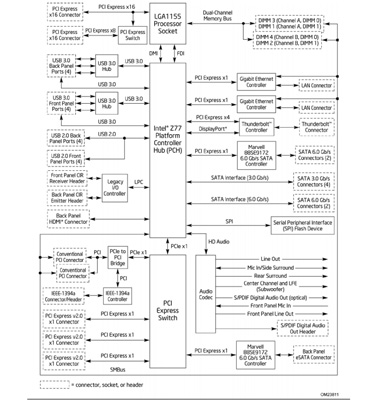
Intel's Z77 Thunderbolt Motherboard Block Diagram
ASUS goes one step further and includes a PCIe 3.0 switch to enable quad-CF/SLI support despite the limited number (16) of PCIe lanes Intel's LGA-1155 CPUs provide. ASUS' board features all the bells and whistles including a 32GB Marvell based Liteon mSATA SSD:
The Thunderbolt port on both boards can serve as either a Thunderbolt port or a DisplayPort output, similar to the behavior on a Thunderbolt Mac. Discrete GPUs are supported through the on-board Thunderbolt/DisplayPort output, provided you have Lucid's Virtu software installed.
As Thunderbolt carries more bandwidth than USB 3.0, trace routing is very important to achieving max performance. You'll notice that on all Thunderbolt boards we've tested thus far, the Cactus Ridge controller and Thunderbolt port are very close to one another. The spec for max trace length between the Thunderbolt controller and port is two inches, compared to up to 10 inches for Intel's USB 3.0 controller.
ASUS tells us that in order to reduce crosstalk it spaced Thunderbolt traces 1.5x wider than traces for USB 3.0 on its boards. Finally, all Thunderbolt traces are on the same PCB layer and don't feature any sharp angles in their route—only gradual arcs, which further improves performance. There's an impressive amount of engineering that has to go into bringing Thunderbolt support to a motherboard.
BIOS/UEFI support for Thunderbolt appears to be identical across all of the third party board makers. ASUS' Thunderbolt options look identical to MSI's for example:
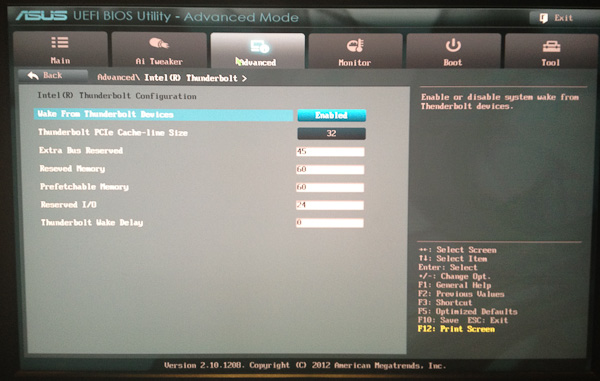
Interestingly enough, Intel doesn't actually expose any of the specific Thunderbolt settings. The Intel board just lets you enable/disable the interface itself:
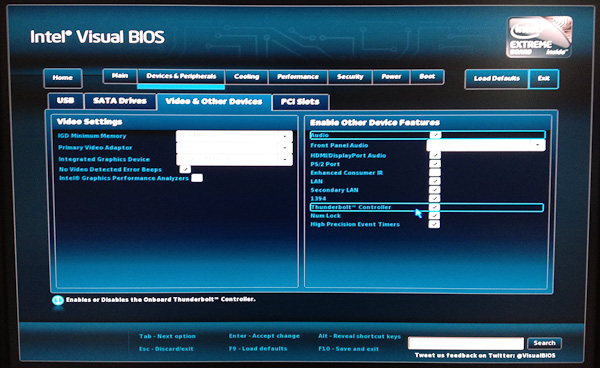


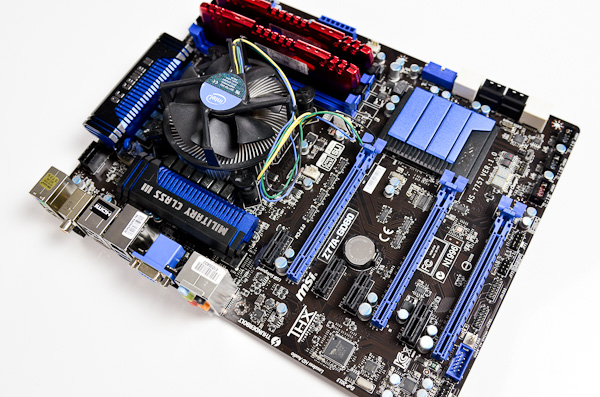
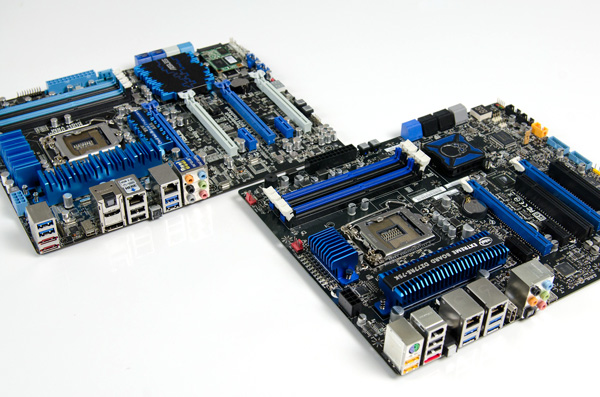

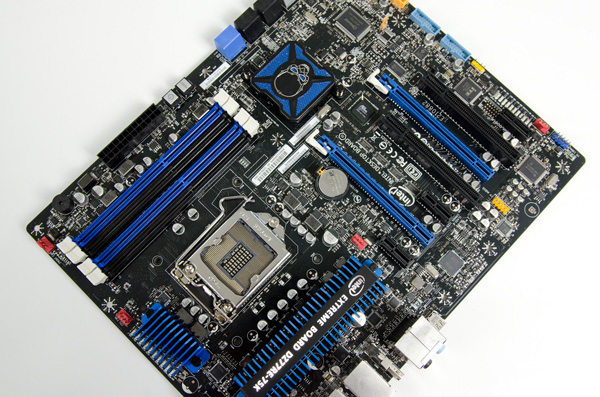
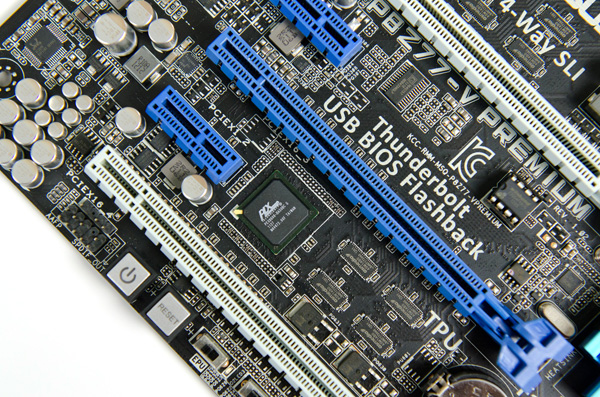
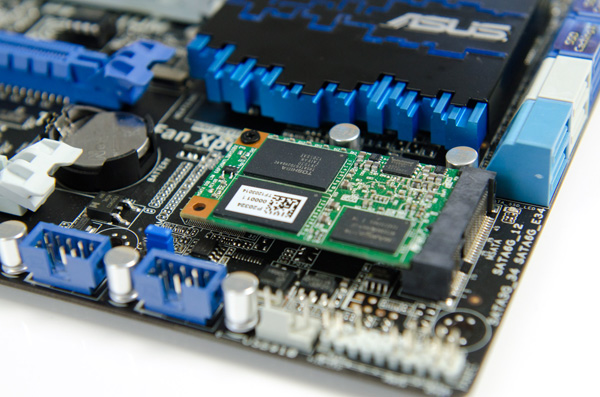
















116 Comments
View All Comments
repoman27 - Sunday, June 3, 2012 - link
Stop for a moment and consider how many conductors would be required for a cable that simply combined USB 3.0, 1000BASE-T Ethernet and DisplayPort. Now think about the size of the connector it would require. Now ponder the insane amount of issues you would have wrapping all of those conductors in a single jacket, with pairs operating at wildly different signaling rates and voltages.The point of Thunderbolt is to equip a PC with one tiny connector that can provide an insane amount of bandwidth for connecting displays or external expansion devices. While passive cables that can handle Thunderbolt scale frequencies certainly exist, most of these cables don't include bus power and out-of-band signaling pairs. I think that if Apple could have gotten the job done without resorting to an active cable, they would have.
vol7ron - Sunday, June 3, 2012 - link
"Finally, all Thunderbolt traces are on the same PCB layer and don't feature any sharp angles in their route"For the one path that's right, but look at the other trace right next to it. It has a series of sharper turns than 45 degrees. Especially at the beginning and the ending of the path - at one point it makes a "U"!
JarredWalton - Sunday, June 3, 2012 - link
But it is a U and not a squared off |_| shape. I think that's an ASUS-specific implementation as well, but I could be wrong. As for why the U/zigzags are necessary (not that you asked), I guess both TB channels have to have the same trace length, which seems sort of odd to me. AFAIK, you can't actually talk to one device (e.g. a RAID controller in something like the Promise R6) on both channels; one channel is for DisplayPort passthrough, and the other is for the devices to share, right? I'm not sure...but I do think ThunderBolt is 10Gbps bidirectional, so that would make Anand's ~938MB/s results more sensible.repoman27 - Sunday, June 3, 2012 - link
I think you're only looking at a single channel in that pic, so the trace lengths probably need to be the same for both the send and receive pairs for each channel to maintain timings. The other channel is most likely on the other side of the board (despite the "no vias" bit) seeing as only 10 of 20 pads for the connector are visible on the side shown.According to Intel, each direction in each channel can be used for display and/or PCIe data. Each channel is 10 Gbps full-duplex, however, thus far we have only seen Thunderbolt controllers with a single PCIe to Thunderbolt protocol adapter, which limits total PCIe throughput to 10 Gbps.
The Thunderbolt switches built into the controllers, and the Thunderbolt channels that connect them, only transact in Thunderbolt packets—they don't concern themselves with which protocol the upper layers are using.
coder543 - Sunday, June 3, 2012 - link
Show me the Linux.Show me the Linux.
Show me the Linux.
Show me the Linux.
Show me the Linux.
Show me the Linux.
Show me the Linux.
Why is it so hard? I thought this was a technically proficient blog but time and time again I'm met with their absolute avoidance of Linux. I don't care one iota how Windows does on Thunderbolt. All I ask is a simple summary -- even a paragraph, about how Linux does on Thunderbolt, especially in regard to hot plugging. I hate to be annoying, but it bothers me tremendously.. Windows is inferior in every intrinsic technical capacity -- the only thing that makes it better for some people is the application compatibility.
coder543 - Sunday, June 3, 2012 - link
Also, it hasn't come to Windows PCs. It has come to non-Apple computers. I honestly wonder if Anand has ever used a serious Linux distro for more than ten minutes.. he talks as if there is only one player. Thunderbolt has serious implications in the server market, they just haven't been defined yet. Think about what can be done with it. There's no shortage of possibilities.coder543 - Sunday, June 3, 2012 - link
Looking historically, there hasn't been a Linux post here since January, and no Linux posts on this blog have ever been written by Anand. I smell MSCE. Time to branch out.CSMR - Sunday, June 3, 2012 - link
Thunderbolt is not for servers. The year of the linux desktop is next year, as usual. Thunderbolt seems to be mainly for laptops, and the year of the linux laptop has not even been announced.coder543 - Sunday, June 3, 2012 - link
I dislike responding to trolls, but I had little better to do at the moment, so for anyone who looks back they will have little doubt as to what went down here.I never said anything about the year of the Linux desktop. Linux doesn't need to win the desktop, as the desktop is rapidly becoming historical for most of the population. Everyone already uses Linux on a daily basis -- namely the web, their not-iPhone smartphones, their Kindles and Nooks, their Smart TVs, blu-ray players... everything. Even though Android is the major Linux smartphone/tablet OS for now, Boot2Gecko promises another Linux smartphone OS, and WebOS going open source is also more Linux. When people lose their desktops (and laptops), what's left? Linux. We don't care if you put it on your desktops, we've already won the battles that matter. End users don't want desktops or laptops these days. They want Kindle Fires and iPads -- things that aren't Windows. Apple is good stuff. Microsoft Windows is not. (WP7 on the other hand is actually respectable)
Thunderbolt does have uses in a server environment, a high speed interface which provides direct access to the PCI subsystem with daisy chaining support. If you can't see the potential there, then I don't know what to tell you. There are few uses for it *right now*, but in the future there will be, though it may not be for a few years, and the entrepreneur which utilizes it to his advantage will be a marked success.
Linux doesn't need to win the desktop share as I said, but it's currently far better than Windows, and if it's installed by someone technical, then anyone can use it, most of them with less frustration. What do most users do that isn't inside of a browser, word processor, email client, or music manager? Linux has every major browser that isn't called IE, and even then it can have IE in an interesting way, and LibreOffice does everything the average user need from an Office suite -- or they could run MS Office through wine where it is as deeply integrated as a native application. Thunderbird and Evolution are both great email clients, but Geary/Postler is redefining the end user email client. Music managers are a dime a dozen, any flavor you like. Banshee, Rhythmbox, Amarok, Noise, the list goes on, and all of them work very well.
This is all with the consideration that the computer doesn't reboot once every five minutes, consumes less RAM, is easier on the processor, and doesn't need antivirus, while supporting more file formats out of the box. Also, you don't need to install a driver for everything (or anything I've ever encountered for that matter) you plug in, and especially not flash drives. (Windows says installing driver when you plug flash drives in..) Let's not even mention saving the cost of Windows license -- everyone likes saving money.
How is that not a victory? Getting a faster, more intelligent, and less vulnerable computer. Just because the majority are ignorant or obstinate means little about the value of the product. Just because the majority decide it's ok to do a heinous crimes against their own population doesn't make it right. Linux five years ago was a steamy pile of crap, but things aren't now how they were then. Yet it doesn't matter. Linux was used in a bait-and-switch victory, and Microsoft is afraid. Their fear is the reasoning behind everything in Windows 8, and they have sealed their fate.
Iketh - Monday, June 4, 2012 - link
My goodness, I have never seen such a huge post say absolutely nothing...